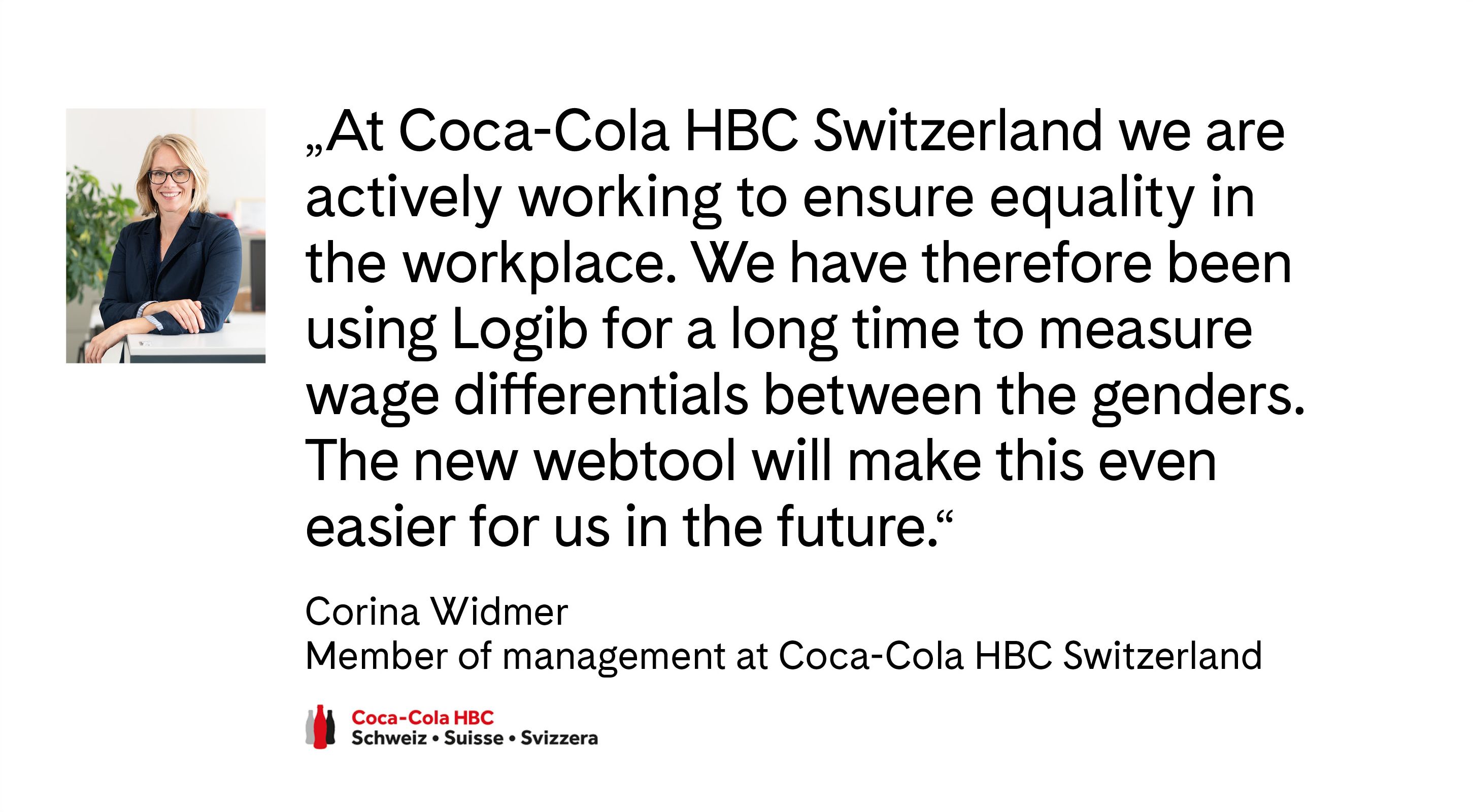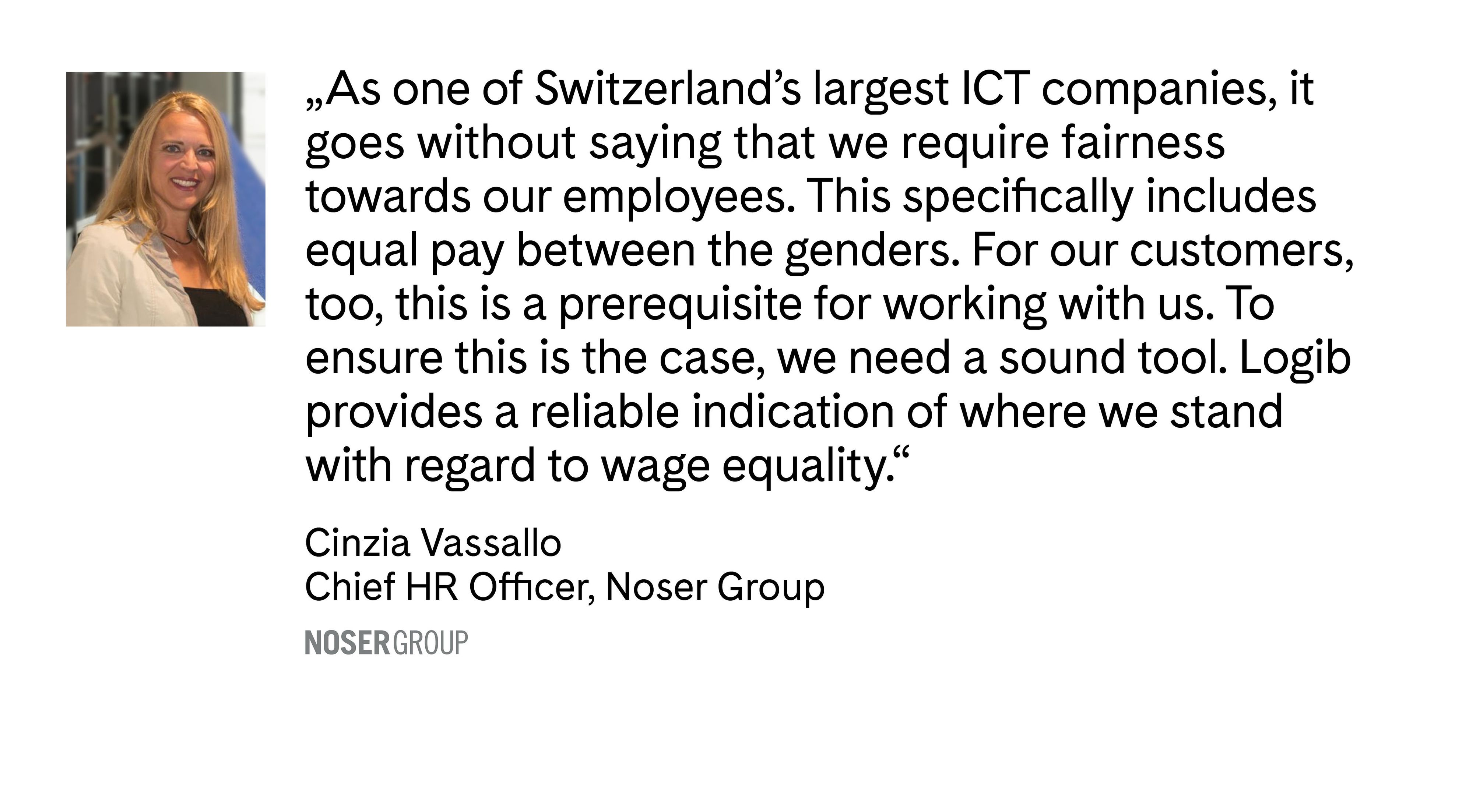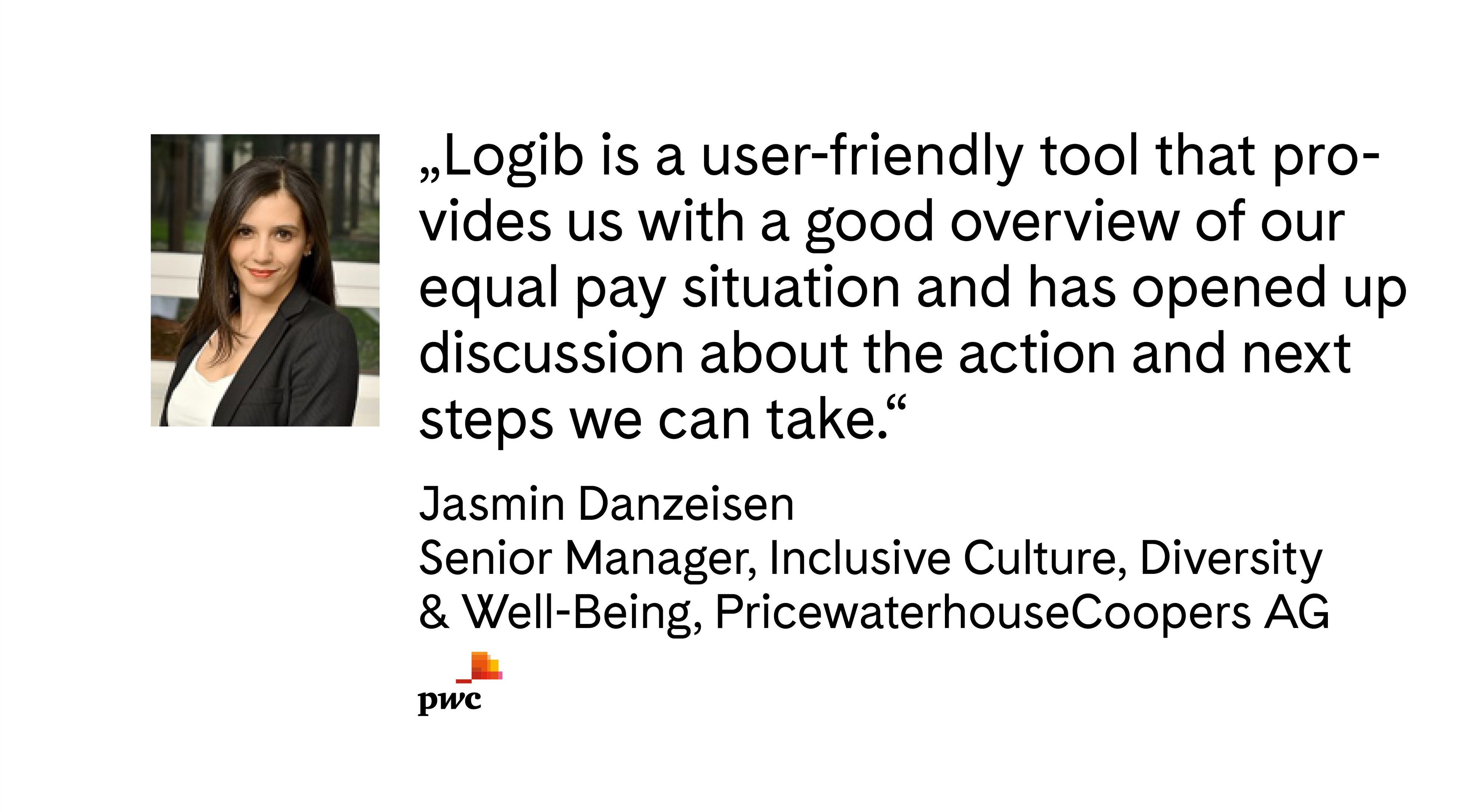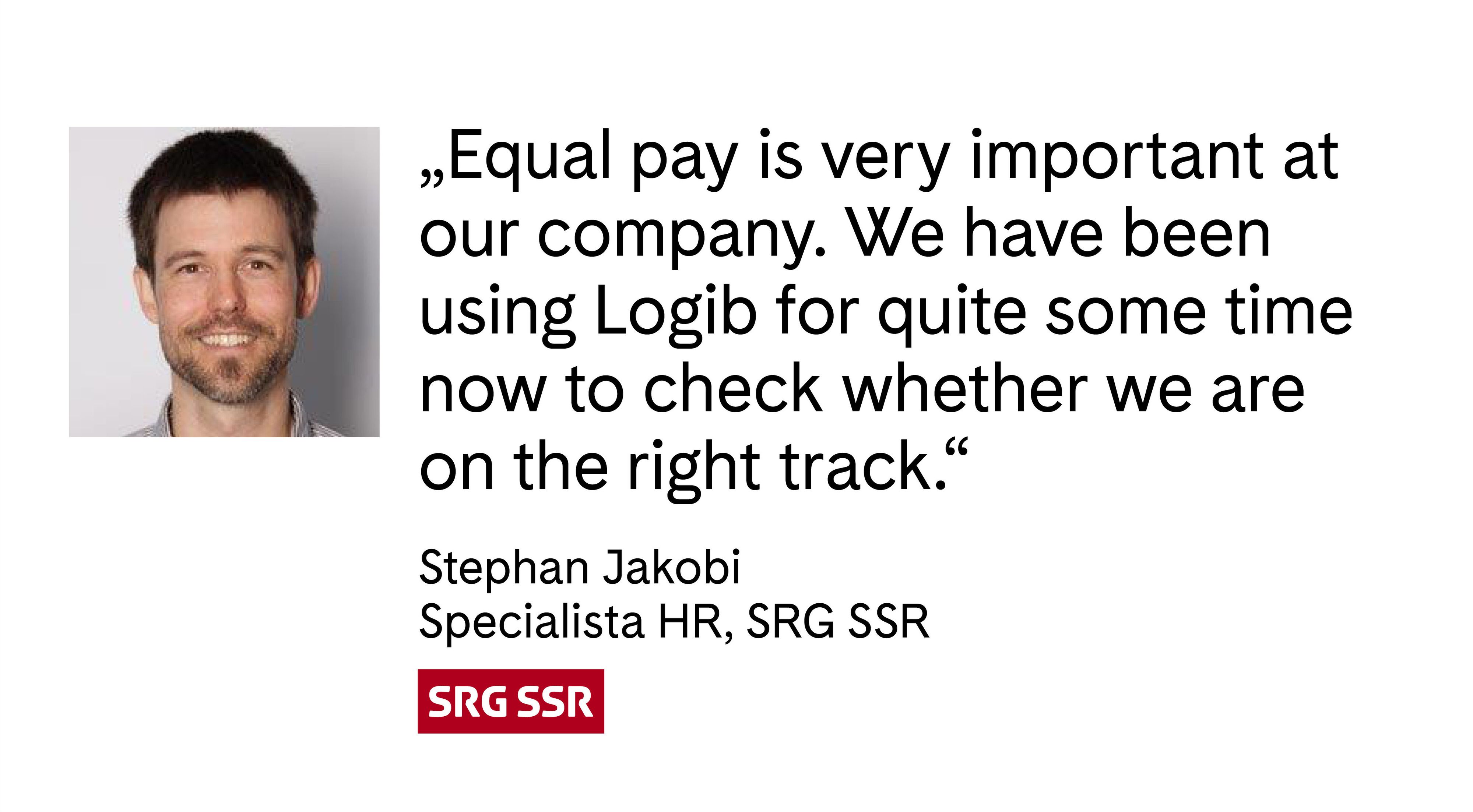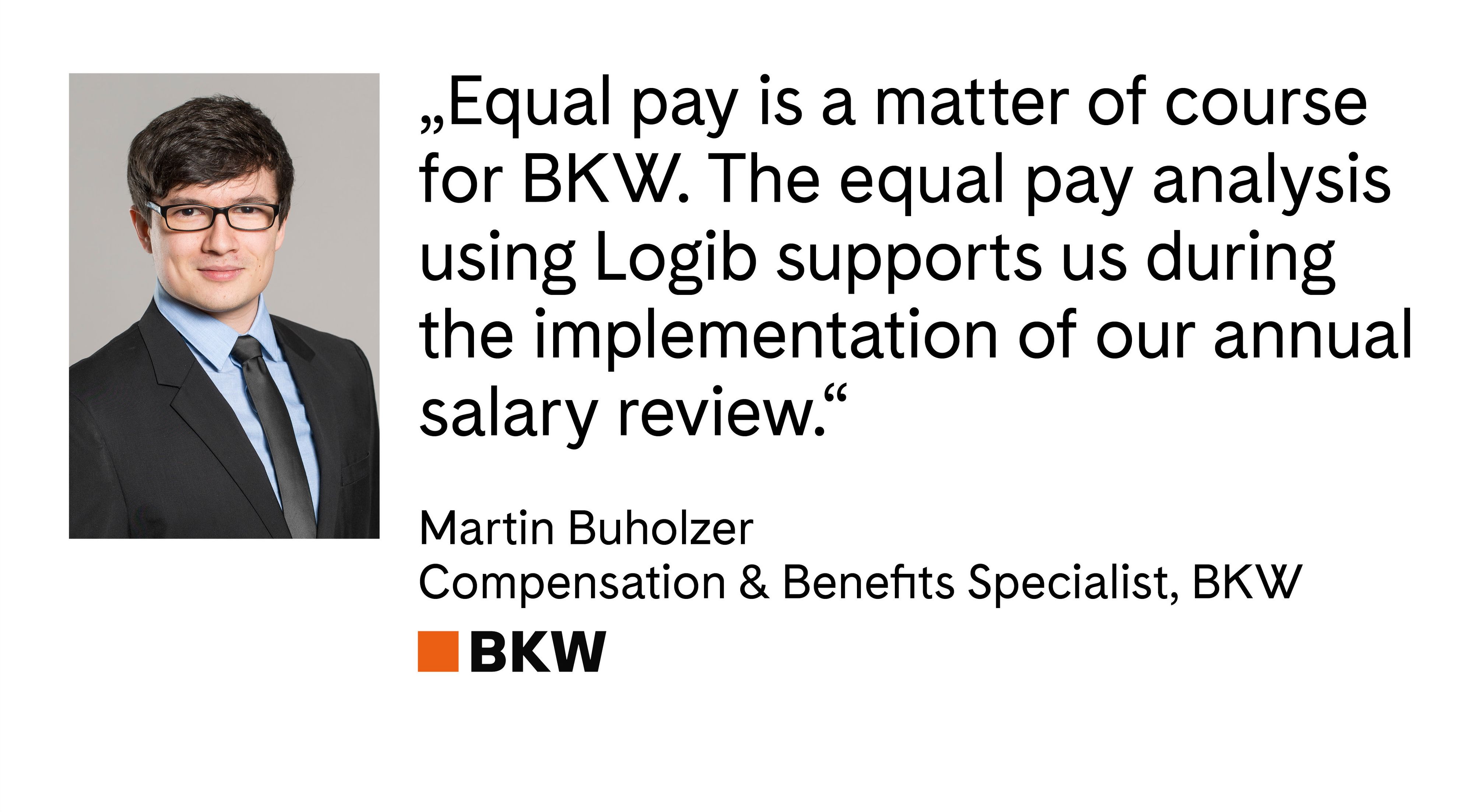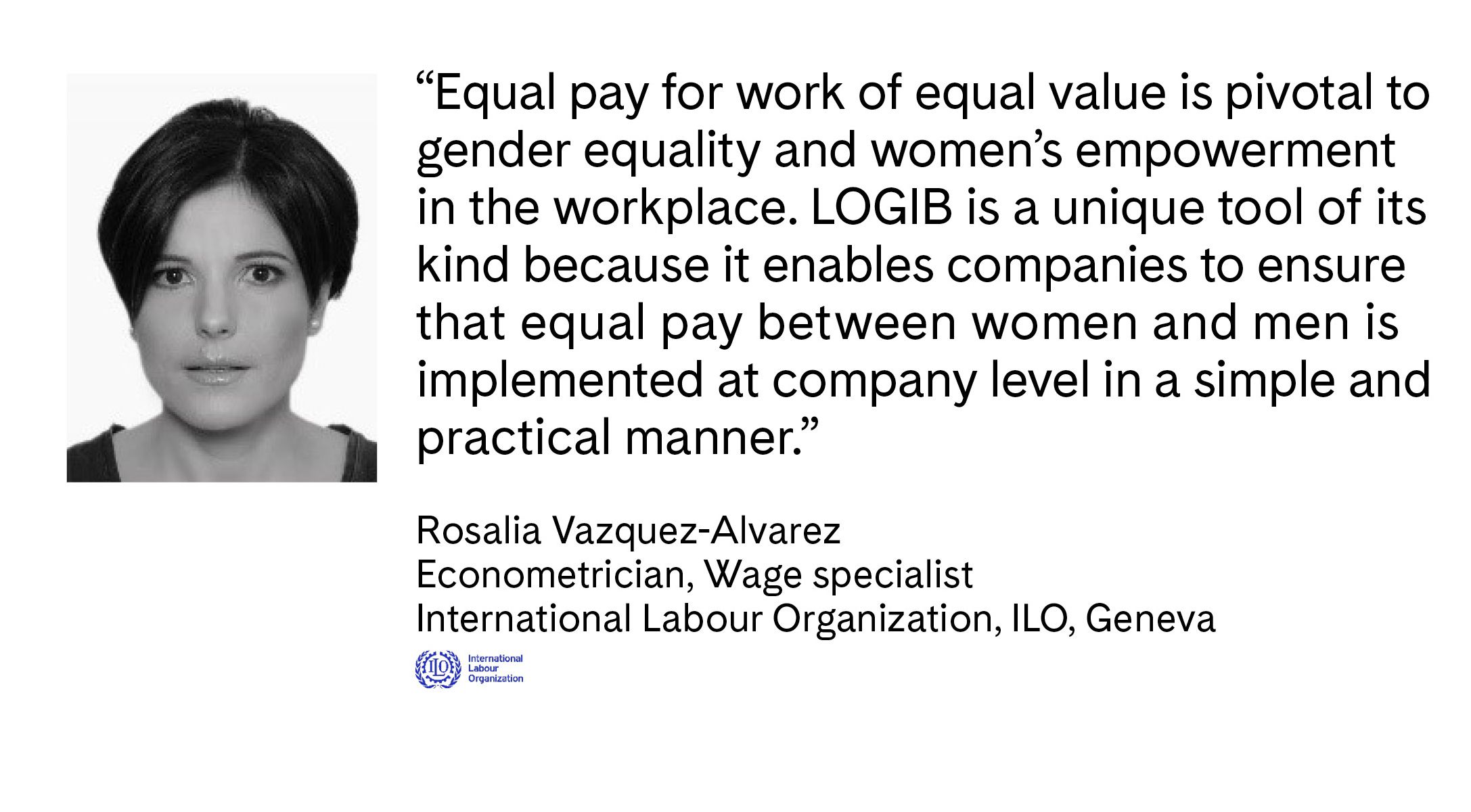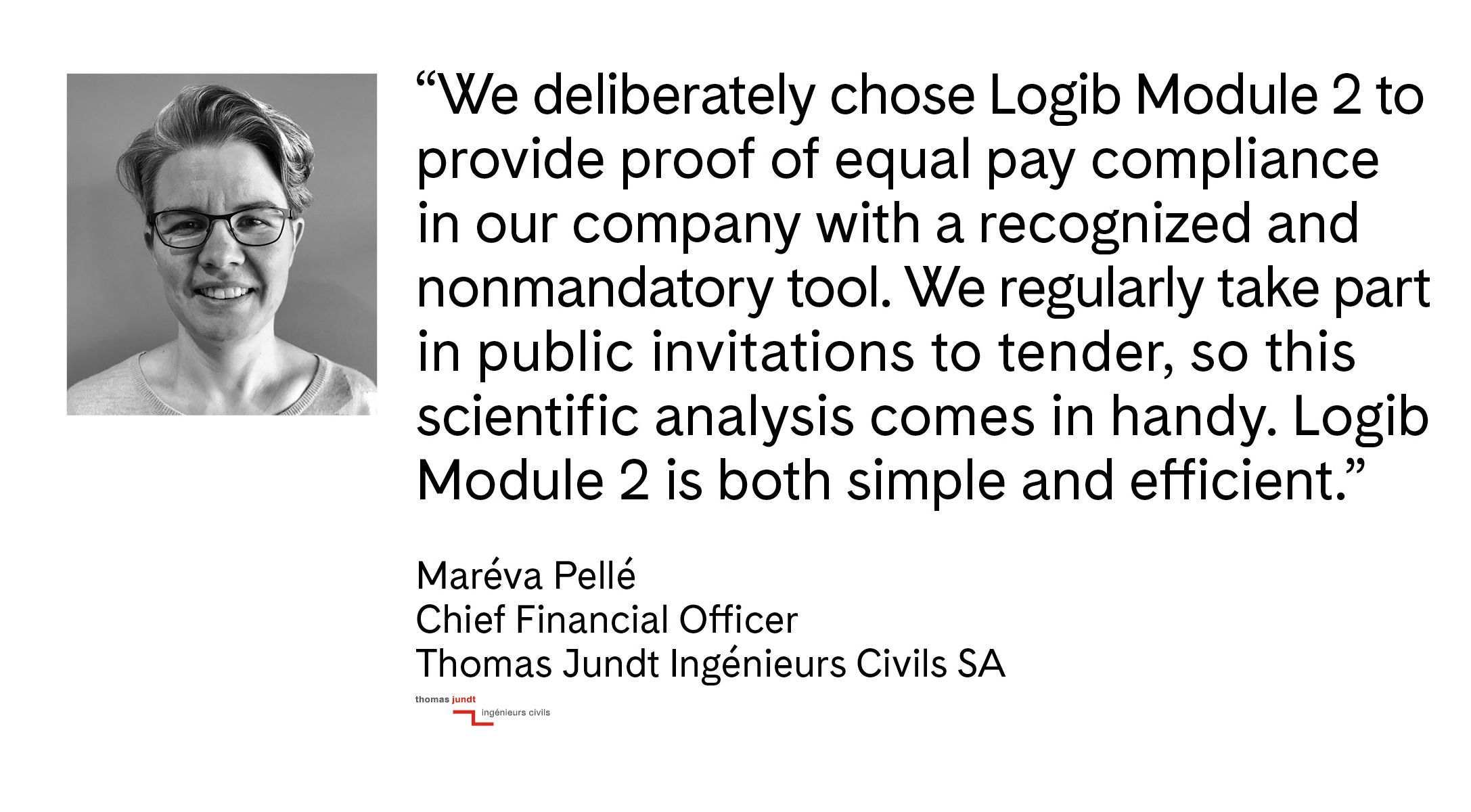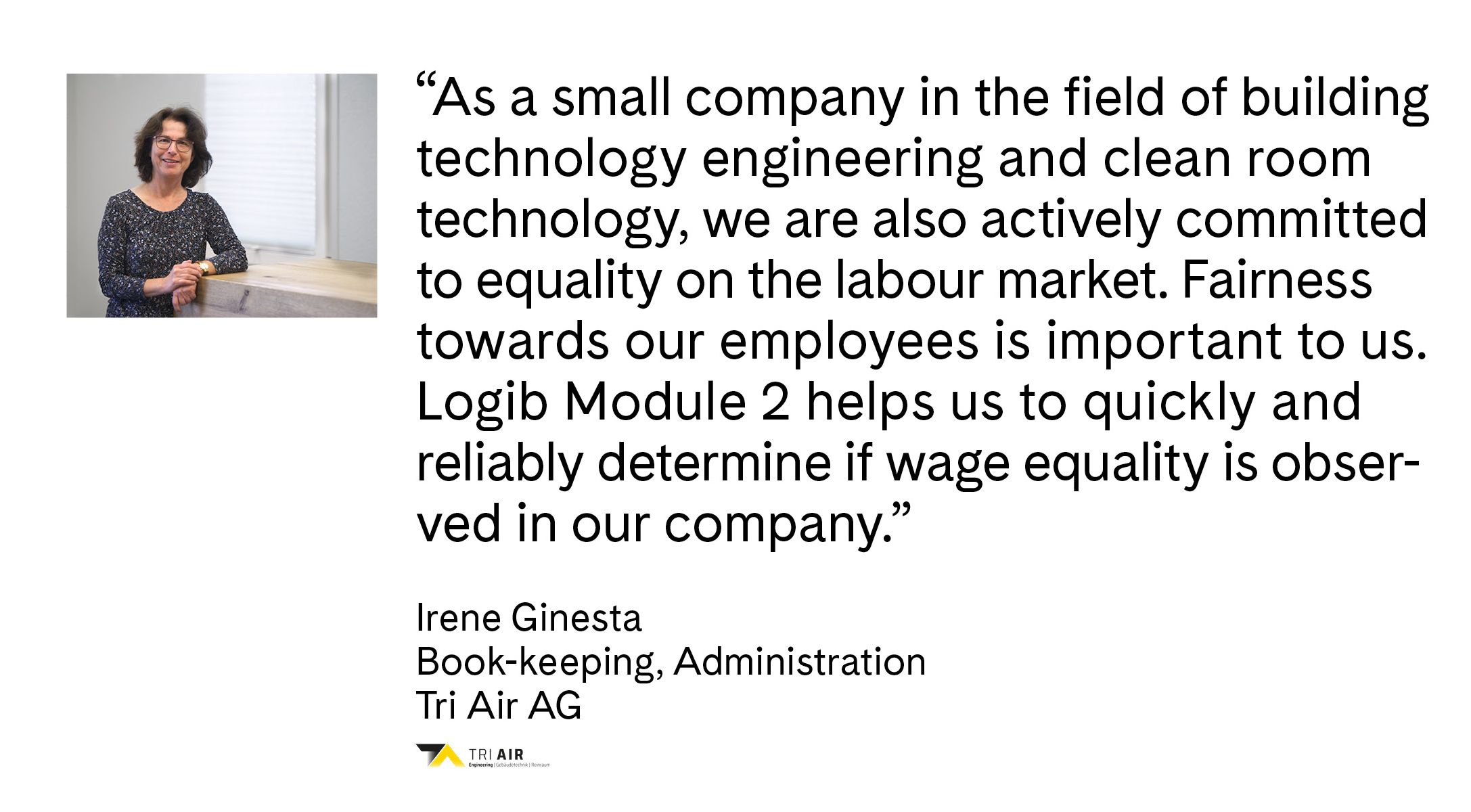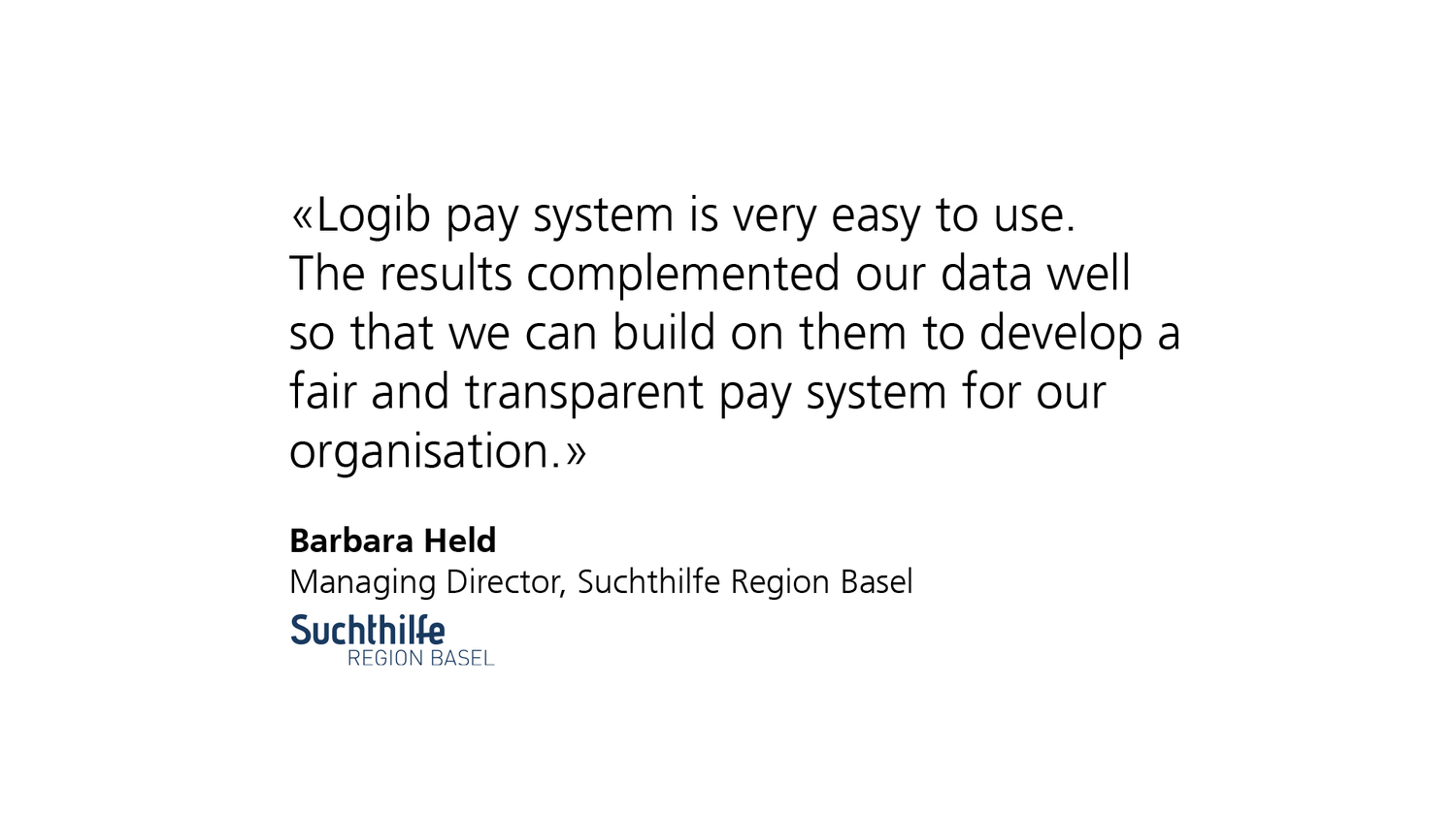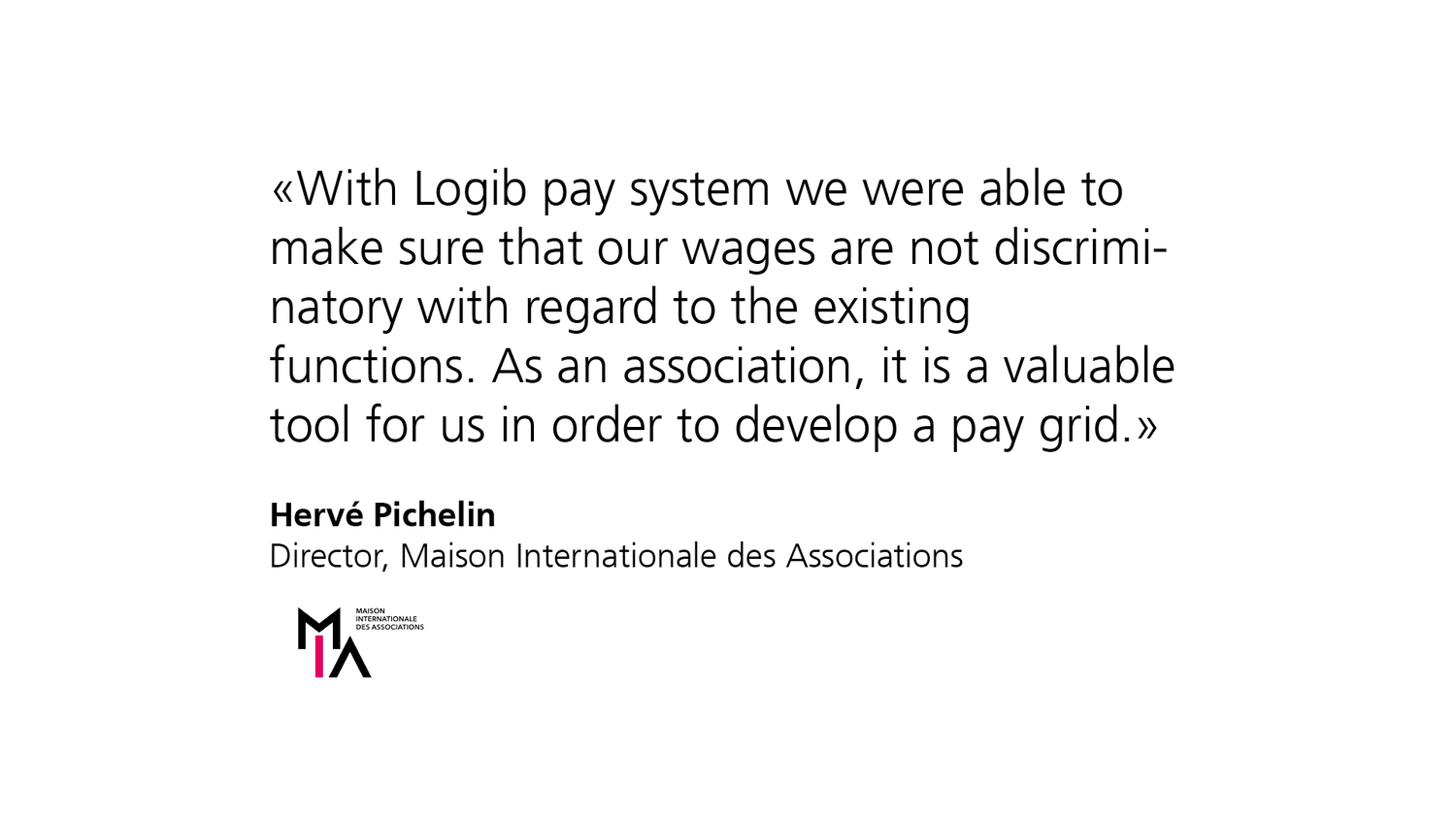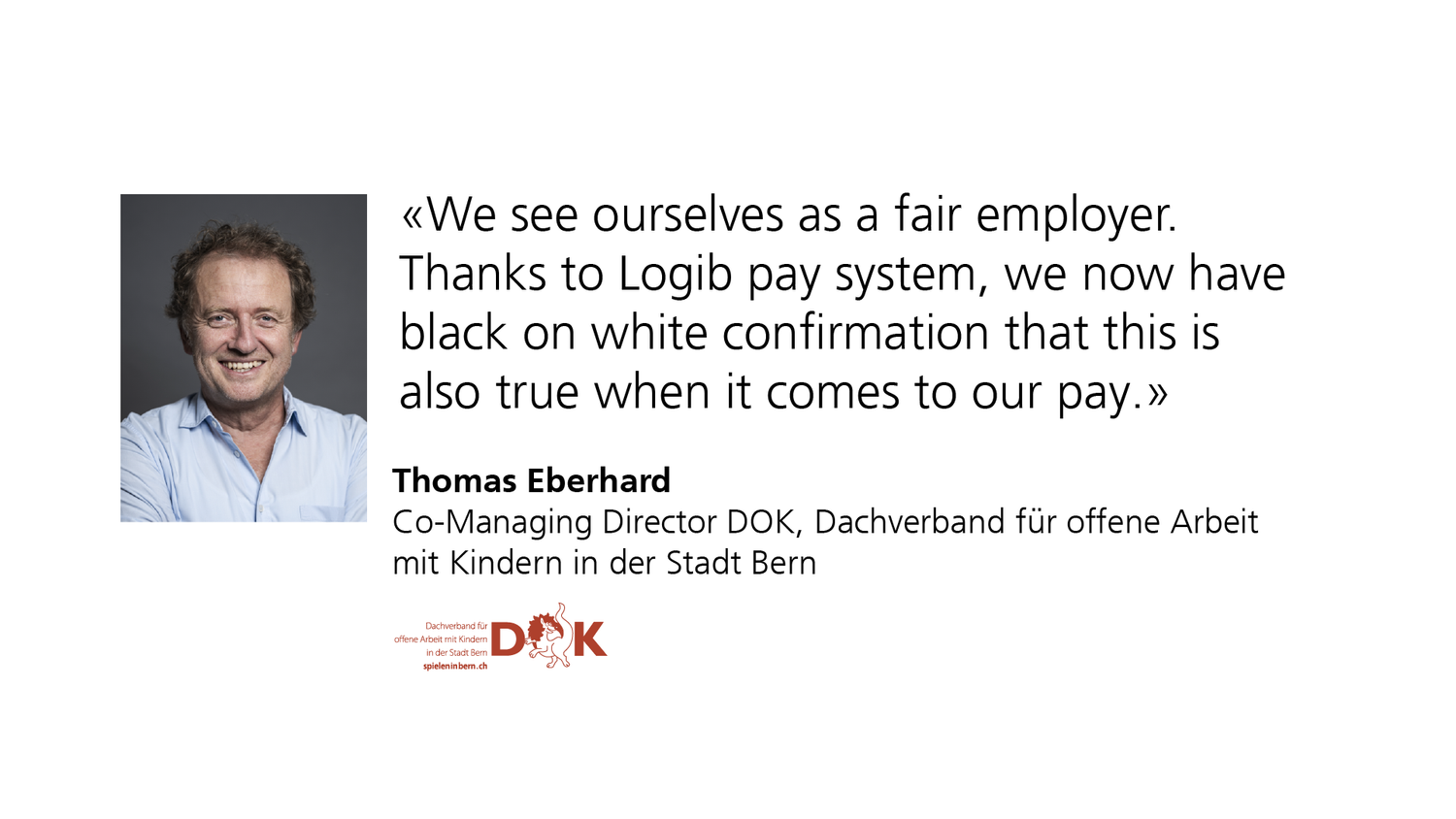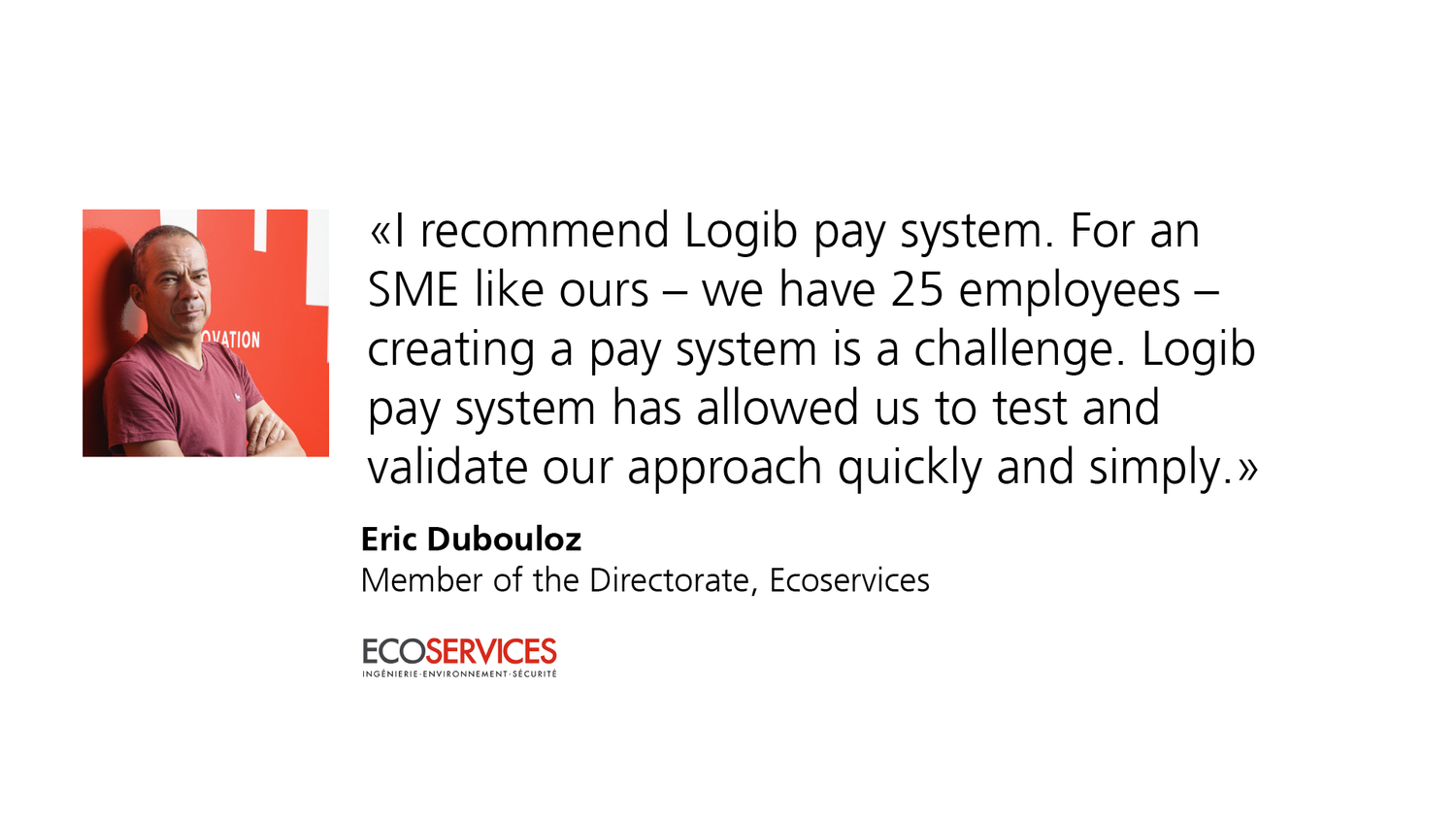Promoting equal pay with Logib
Equal pay is key to achieving equality in working life and is an important element of good governance. A transparent pay system and equal pay analysis help employers to promote and implement equal pay within their sphere of influence.
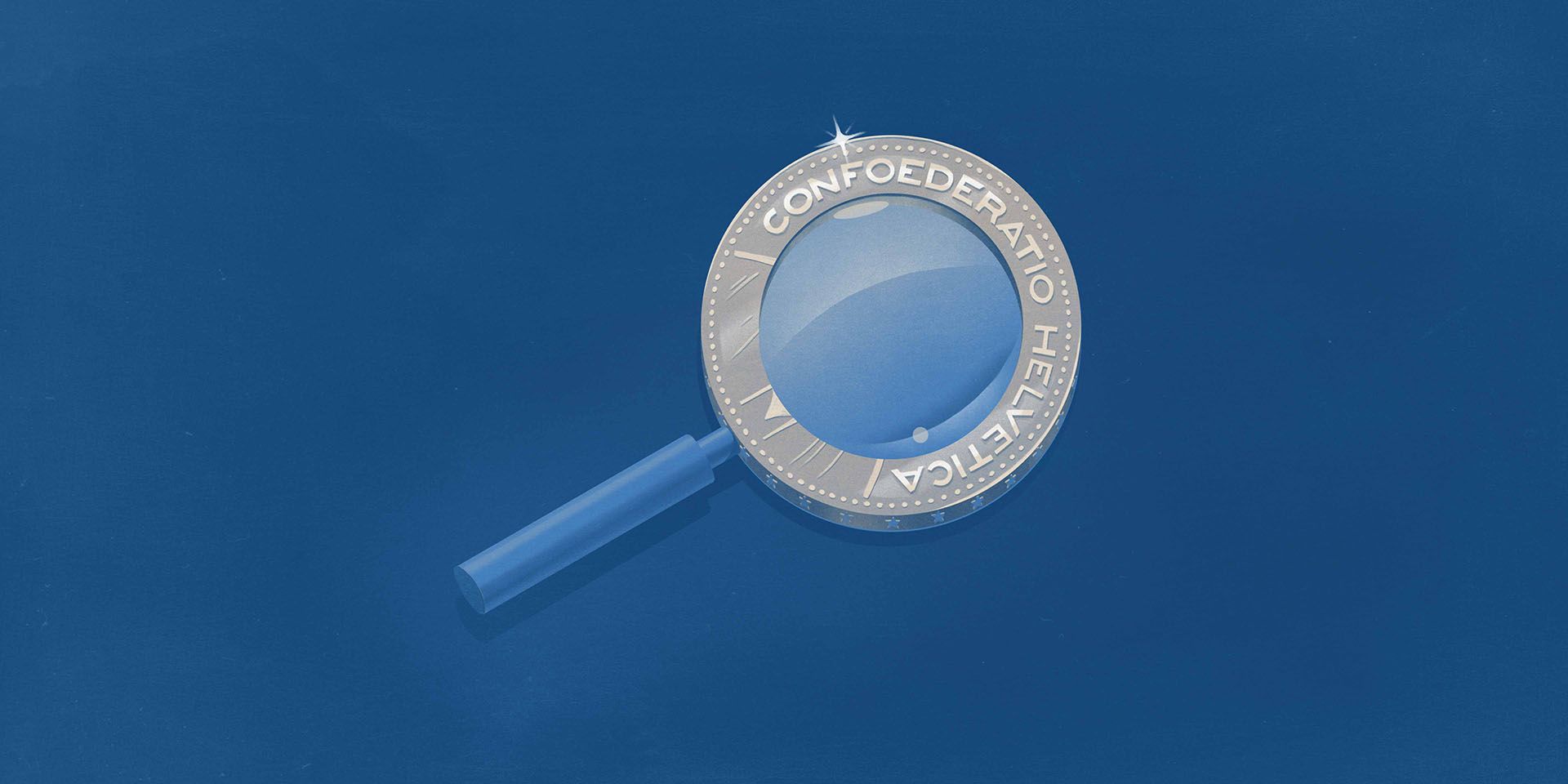
Equal pay for work of equal value is a key component of gender equality in the workplace. Equal pay also fosters confidence among employees in their company and enhances the organisation’s attractiveness on the labour market. A consciously organised, transparent pay system constitutes the basis for fair pay of all employees, regardless of their gender. The tools provided by the Confederation support companies and organisations with the analysis of equal pay and the organisation of a clear and transparent pay system.
How does the Federal Office for Gender Equality (FOGE) support you in promoting equal pay?
With Logib, the Confederation provides a free web tool that meets modern application and data protection requirements and is based on scientific methods.
- Logib equal pay analysis Module 1 and Module 2: You can use this application to easily generate an equal pay analysis for your company.
- Logib pay system: This application supports you with the organisation and optimisation of a pay system.
Benefits of an equal pay analysis
Organisations that give equal pay for work of equal value can create credible documentation to this effect with an equal pay analysis. This can foster confidence among employees, customers and investors. Companies and organisations looking to communicate and further improve the results of their equal pay analysis can gain an advantage in recruiting skilled workers who value fairness and gender equality.
Benefits of a transparent pay system
Pay inequality generally comes about unintentionally and often goes unnoticed. One important reason for this is the absence of a systematic approach in determining and developing wages within the company. This is where the Logib pay system comes in: Employers can use it to quickly obtain an overview of their functions and their value and reflect them in the pay of their employees. The Logib pay system allows employers to set wages in line with the structures of their company, and also to consciously manage pay development.
Employers who set their wages and salaries systematically also reduce the effort required for recruitment and regrading, simplifying administrative processes.
Who is obliged to ensure equal pay?
Under the Federal Constitution (Art. 8 Cst.) and the Gender Equality Act (Art. 3 GEA), all employers in Switzerland are obliged to pay their employees equally for work of equal value.
In addition, there are legal foundations and provisions in place that require companies and organisations to conduct an equal pay analysis and provide evidence to that effect:
- Revision of the Gender Equality Act (2020): Companies with 100 or more employees must conduct an equal pay analysis and have it audited by an independent body (Art. 13a, Art. 13d GEA). They must also inform employees and shareholders of the result. This communication had to take place by 30 June 2023 (Art. 13g, Art. 13h GEA). Employers can in principle fall under the analysis obligation until 30 June 2032 if they reach the threshold of 100 employees at the beginning of a year. If the equal pay analysis indicates that equal pay requirements are being met, no further analysis is required. The auditors, who review the equal pay analysis, must have completed appropriate training; guidance is available for the audit.
- Contracting authorities that are subject to the Federal Act on Public Procurement (PPA) may award their contracts in Switzerland only to companies that guarantee equal pay (Art. 12 PPA).
Public sector and state-associated organisations can sign up to the Charter for equal pay in the public sector and conduct an analysis on a regular basis, underlining their commitment to promoting gender equality.
Testimonials

Reasons behind the pay gap between women and men
Women in Switzerland earn considerably less than men – and the difference can only be partially explained by objective factors. Lower wages result in less economic independence for women and losses in retirement provision.On average, women earn 1364 francs or 16.2 per cent per month less than men (based on the mean). The pay gap increases over the course of their lifetime: it is low at the start of a career, then increases continuously before reaching its maximum before retirement.


